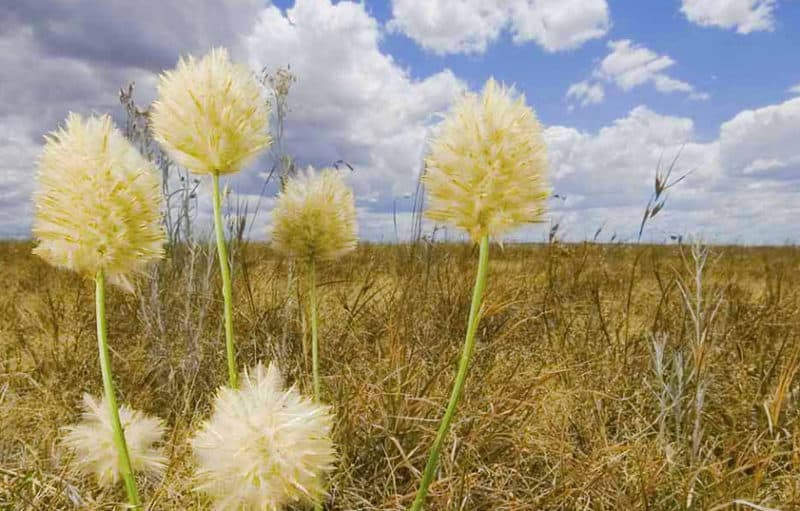Victoria has the greatest concentration of waterways of any mainland state. There are about 85,000km, as well as 500,000 hectares of diverse wetlands: lakes, floodplain billabongs, alpine peatlands and shallow freshwater and saline swamps.
Water provides life-sustaining connections. Waterway channels are connected from their mountain headwaters to coastal estuaries, landward to riparian zones and floodplains, and vertically through porous soils and fractured rocks to aquifers.
Unlike other states, Victoria still has significant areas of riparian land in public ownership. More than 30,000 km of Victoria’s publicly owned land abuts inland waterways. These thin strips of native vegetation, often called ‘Crown Land Water Frontages’ and ‘riparian zones’, protect and nurture our creeks, rivers, and wetlands and are rich in native wildlife.
Riparian zones have many critically important ecological roles, including:
- providing food and habitat for native plants and animals
- creating wildlife corridors and refuges, a role that is becoming increasingly important in heavily cleared landscapes, during drought, and under climate change
- keeping stream temperatures under control
- moderating the flow of sediment and nutrients into our waterways, a key determinant of water quality.
Better management of riparian land is critical to nature and river health, and has significant public benefits.
Who manages the riverside?
Beyond the larger public land blocks like national parks and state forests, there are around 22,000 km of crown land river frontages, mostly in cleared landscapes. Around 10,000 adjacent landholders manage close to 80% of this, largely under grazing or agricultural licences.
In the most cleared parts of the state, roadsides and crown land river frontages are the last remaining corridors of native vegetation and belong to all Victorians, not just the adjacent landholders.
Rescuing our rivers
The native vegetation on Victoria’s stream frontages is both significant in terms of extent – more than 100,000 ha – and ecological importance. The challenge is to ensure these areas are managed properly into the future.
VNPA’s Riverside rescue report outlines how to:
- overcome the historically poor management of Victoria’s riparian land
- improve water quality
- protect native species.
Improving the focus of grazing licences and funding fencing and off-stream water points can achieve these.
More details can be found in Chapter 4: Freshwater ecosystems of our major report, Natural Victoria: Conservation priorities for Victoria’s natural heritage 2014 and in our report Riverside rescue: solutions for riparian land in Victoria.
Planning for action
At the 2014 election, the Andrews Government committed to develop ‘…a strategy to improve our riparian lands and river ways…’.
This led to the development of the Regional riparian action plan and $10 million in funding to accelerate fencing and revegetation.
There is still much to do. Even if the action plan’ s targets are met, it will take more than 30 years and significant funding to properly fence and protect all the land currently licenced by adjoining private landholders.
VNPA also advocates:
- amending licencing arrangements, with a focus on encouraging riparian management and conservation licences, instead of simply rolling over or renewing grazing licences
- linking important areas with publicly managed conservation areas or national parks.
